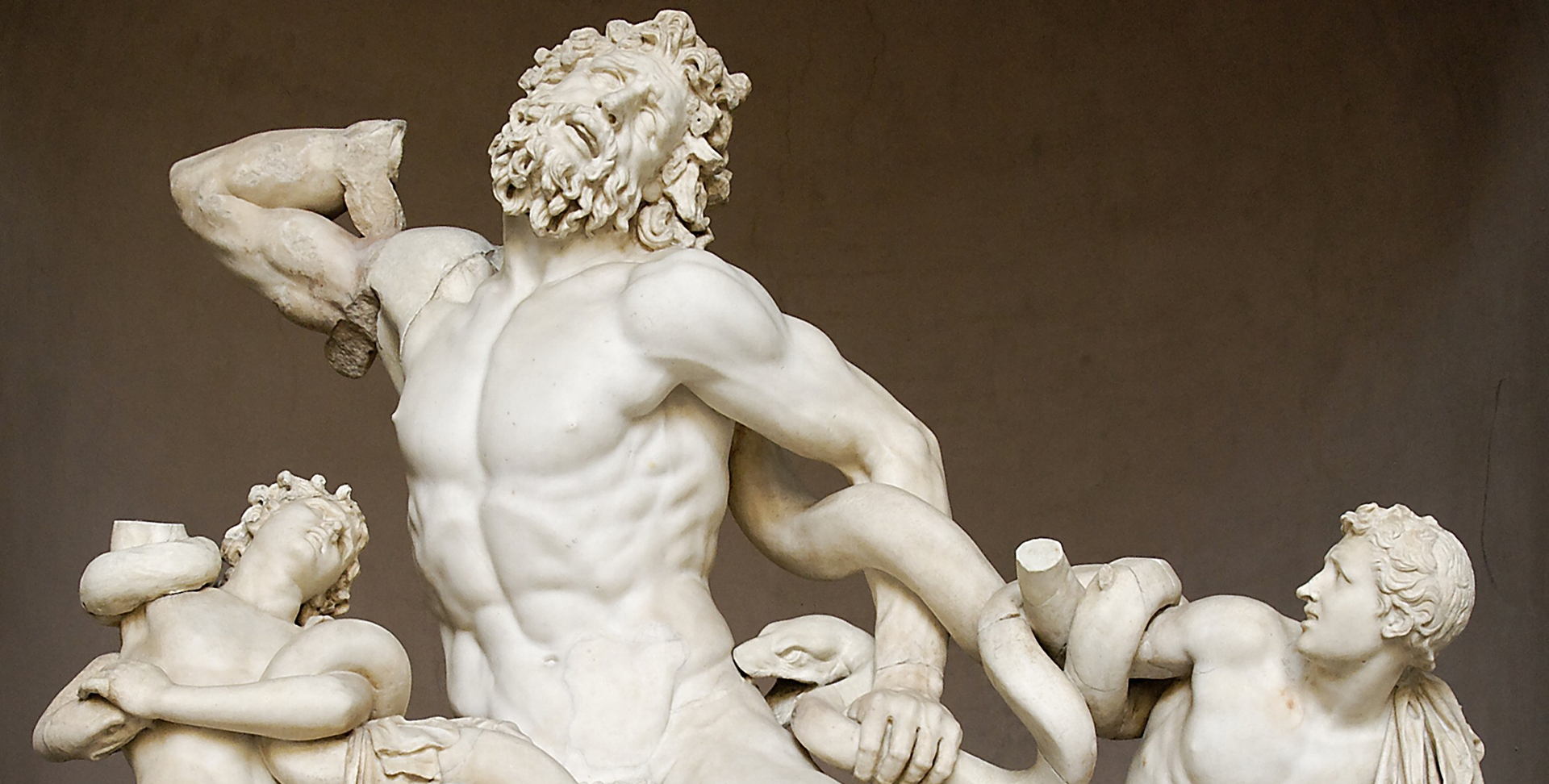

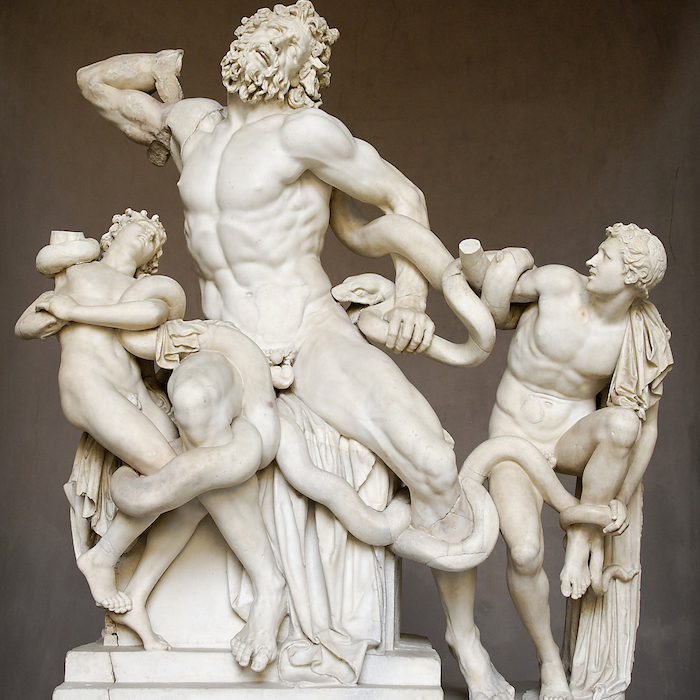

It was no accident that Florence wanted to create such a gigantic dome. In the 15th century, Italy looked quite different from the Italy of today. The country was divided into numerous independent city states.
The rivalry that existed between them was expressed through either military action or the arts. This motivated each of their ruling families to attract the best scholars, painters, sculptors and architects to contribute to their city’s prestige.

During the 15th century, Italy was divided into several rival city-states, who tried to attract the best artists.
At the same time, painting underwent a minor revolution, with the arrival of geometrical perspective!
Practically speaking, this meant that it was possible to create an impression of depth on a two- dimensional medium, thanks to “lines” that all seemed to end at the same place, called the “vanishing point”.
In the end, all the painters adopted this technique, which broke away from what was practiced during the Middle Ages. This marked the end of the idealized, symbolic art of this era! Artists now wanted to portray scenes with realistic landscapes and characters, experiencing real emotions.

Paintings, which were more realistic, adopted geometrical perspective techniques, opening the way to create an impression of depth.
Speaking of technique, the innovation came from Flanders. Up till then, to paint, the following were needed:
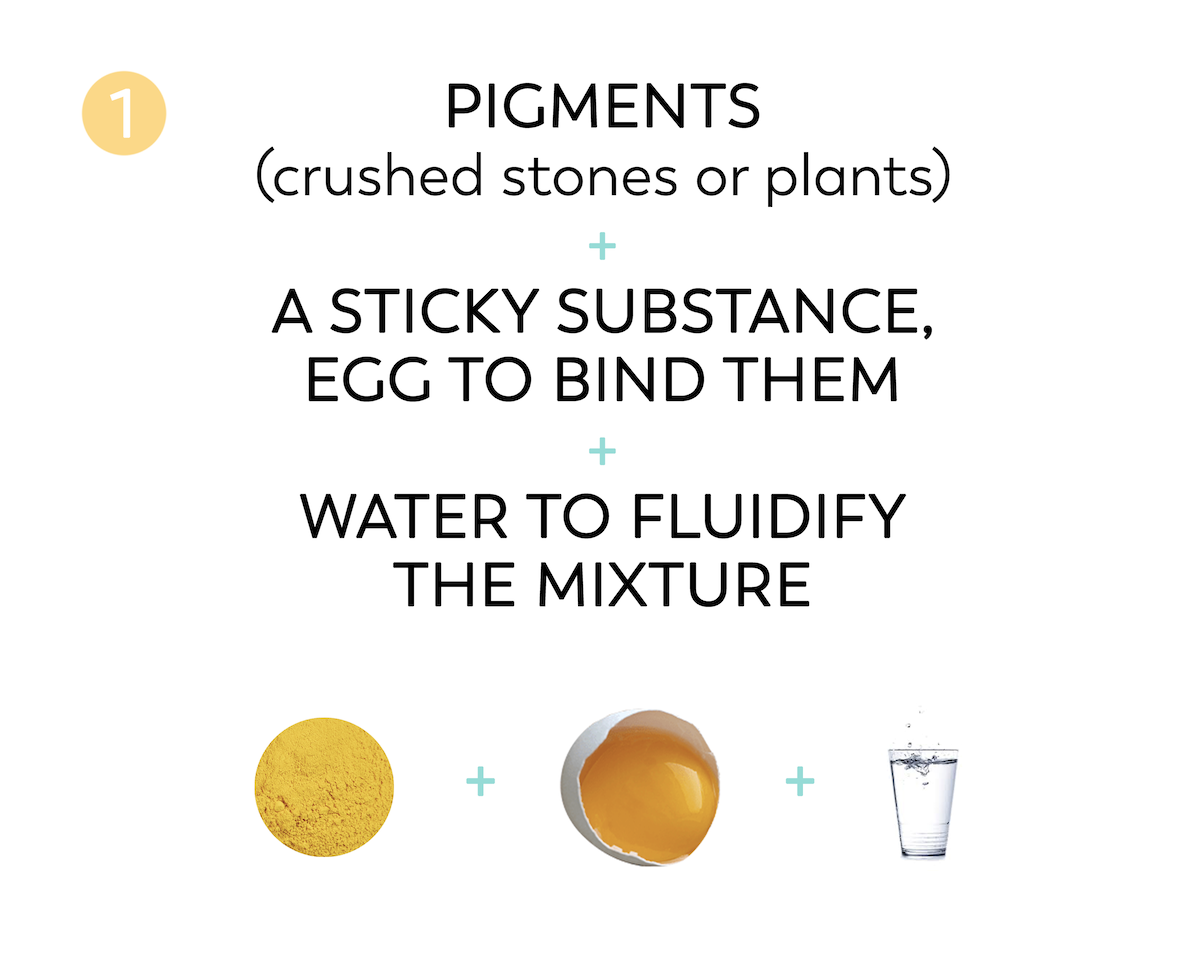
This “distemper” paint, as it was called, was quick-drying. It was very difficult to modify, but Flemish painters were intelligent and resolved this by modifying just one ingredient.
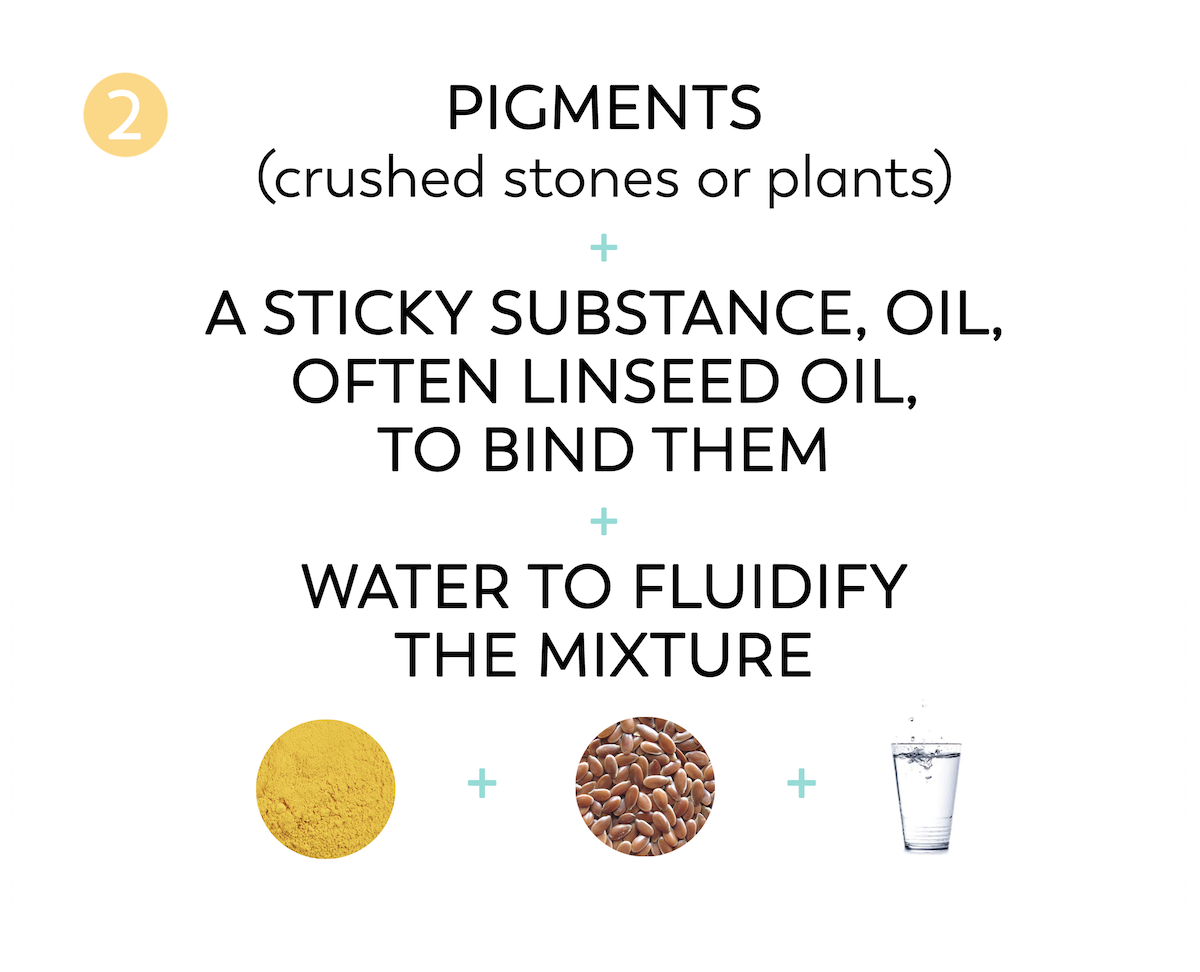
This “oil” painting was all the rage throughout Europe, and with it, colours were brighter and more transparent.
Modifications and highly detailed work became possible.

Thanks to the emergence of oil-painting, more detailed painting work and modifications became possible.
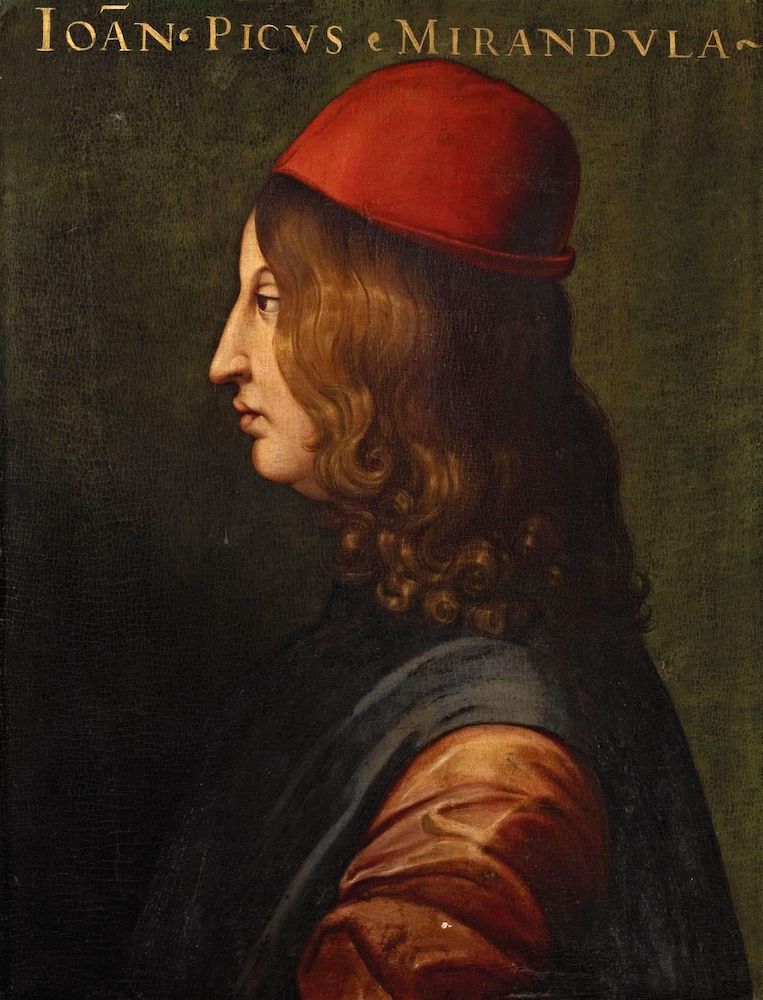
Near the end of the 15th century, there was also movement in the intellectual sphere. A new school of thought emerged: humanism.
There were two aspects to this:
He had enormous influence in the world of art. In architecture, for example, the ancient treaty of Vitruvius would inspire all the builders of the time.
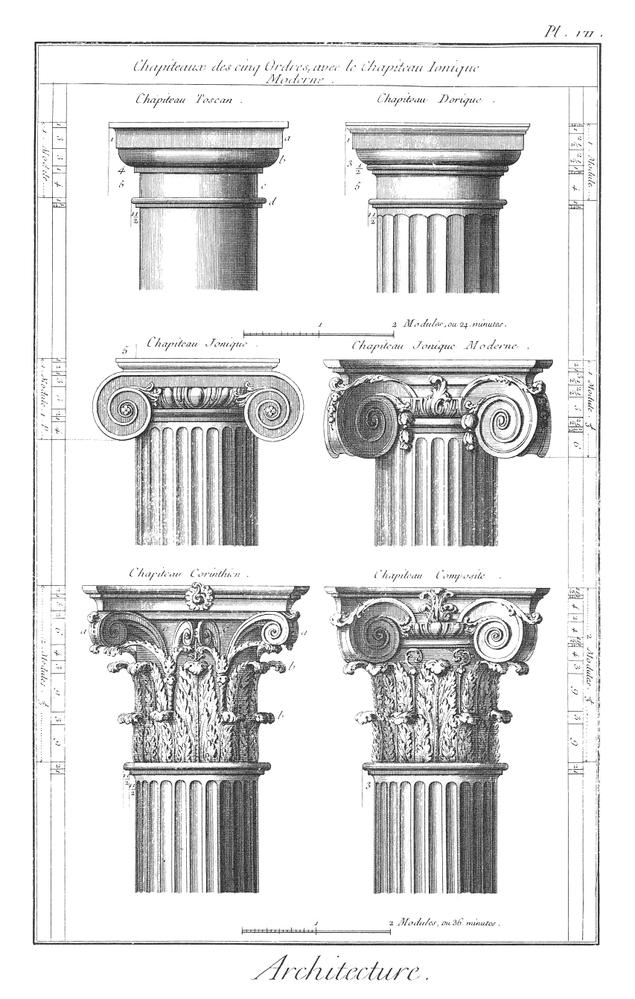
Diderot, d’Alembert, Capitals with classical shapes, 1761, from Plate VII (volume XVIII) of the Diderot and d’Alembert Encyclopedia
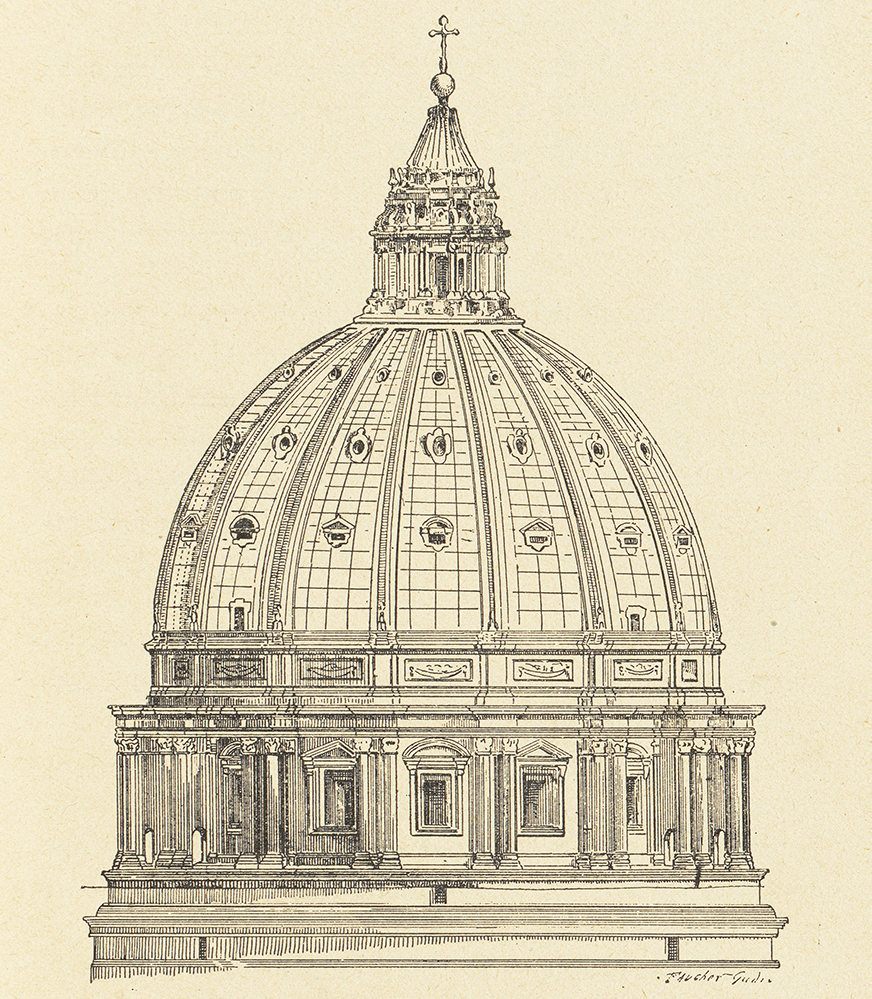
Léon Palustre, Dome of St Peter’s, 1892, taken from Renaissance architecture. Photo: National French Library
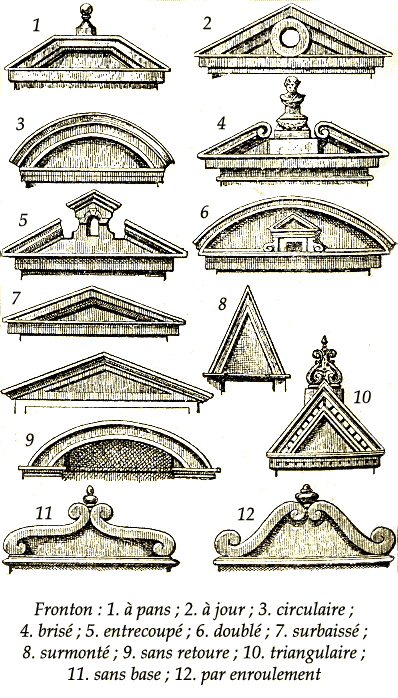
Different types of pediments, 1922, scanned from the drawings in Larousse 1922

Humanism focused on the importance of the human being, drawing its inspiration from ancient writings.
Thanks to these writings, there was enthusiasm in Italy with regard to Antiquity. This resulted in an increase in archaeological excavations, with the hope of finding ever more ancient works. When the statue of Laocoon, so often mentioned in Roman writings, emerged from the ground, the event took on European proportions.
All of these sculptures were considered to be harmonious and balanced, or, put simply, perfect! They were therefore a must as models for modern artists, who certainly did not hold back on this.
Artistic subjects that had been forgotten for centuries, suddenly came back into favour: a (renewed) welcome was extended to nudes and portraits!

Ancient works of art, such as the statue of Laocoon, inspired modern Italian artists.
Maybe we should summarize? At the end of the 15th century, then, this was the situation in Europe:
If we mix it all in together, what we get is the “Renaissance”! This was a time of cultural upheaval that was to last until the 16th century.
Which countries were the most affected?
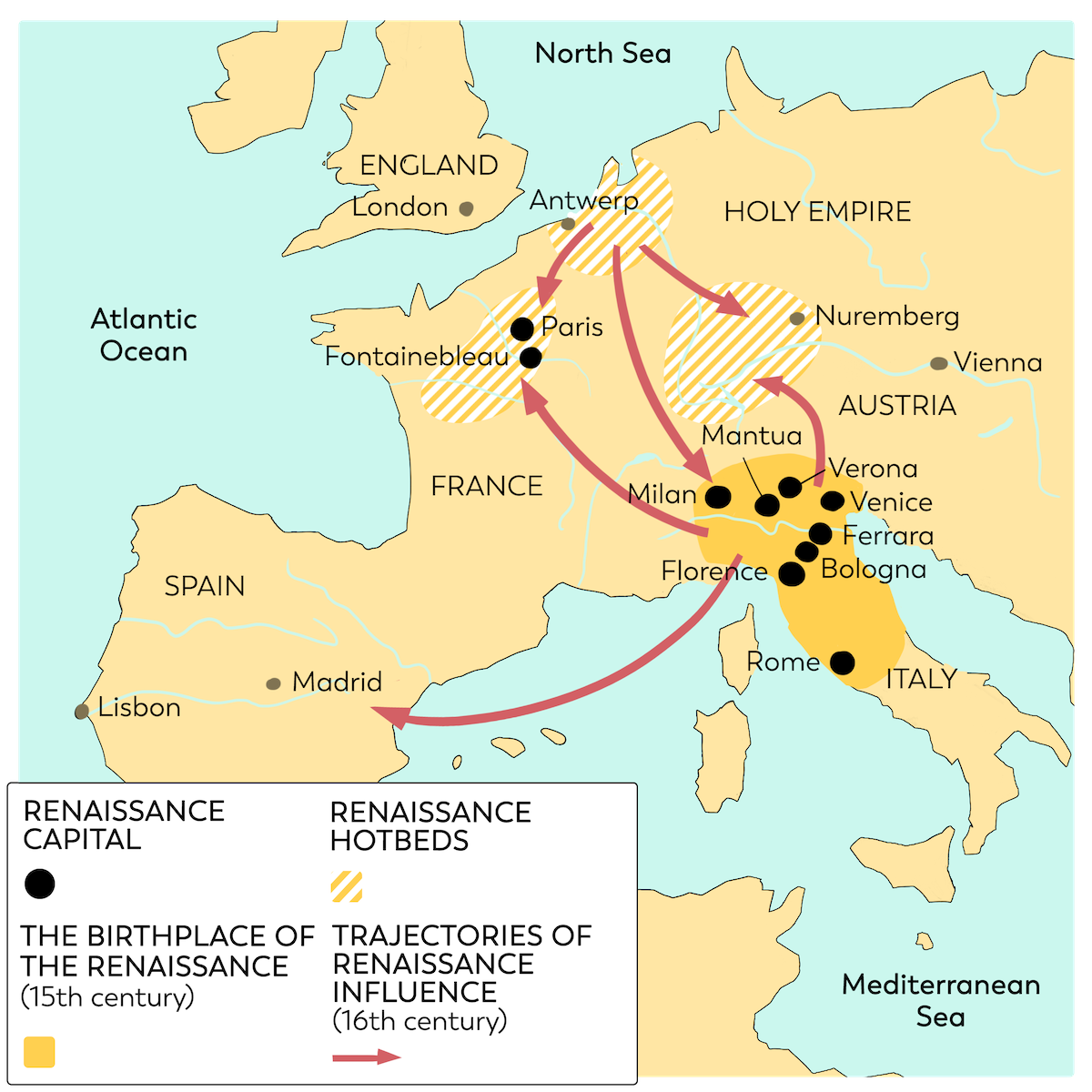

The “Renaissance” was a cultural movement and an upheaval for Europe in the 15th and 16th centuries.
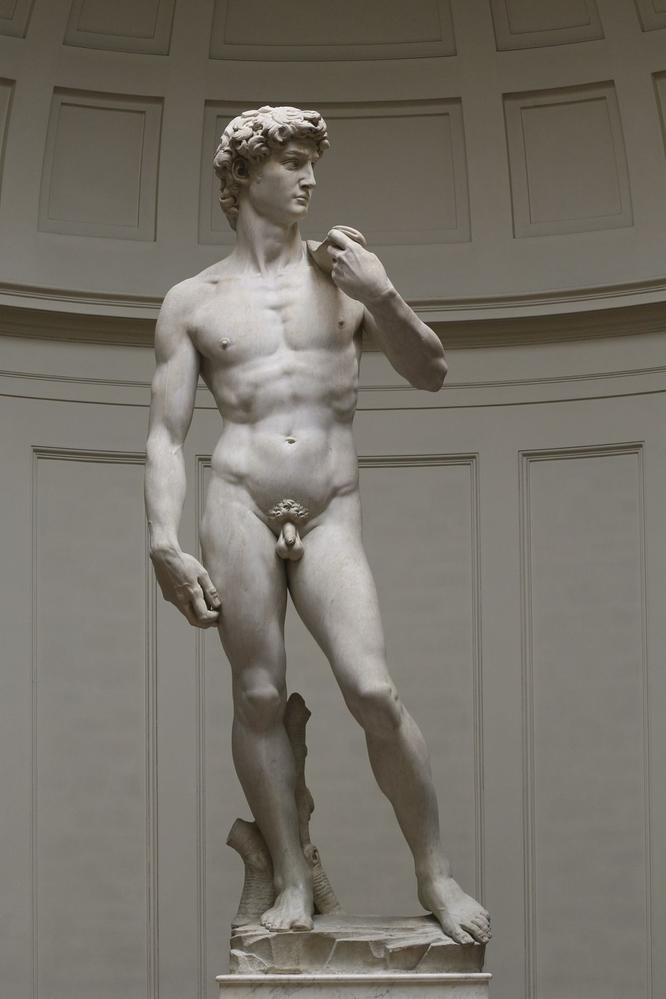
Towards 1504, a sculptor was putting the final touches to his work in Florence. Michelangelo had portrayed King David, a hero from the Bible, in a 4-metre-high statue.
This sculpture was much talked about, because it met all the criteria to make it a masterpiece of the Renaissance:

Michelangelo’s sculpture of David the Biblical hero is a work typical of the Renaissance.

"*" indicates required fields